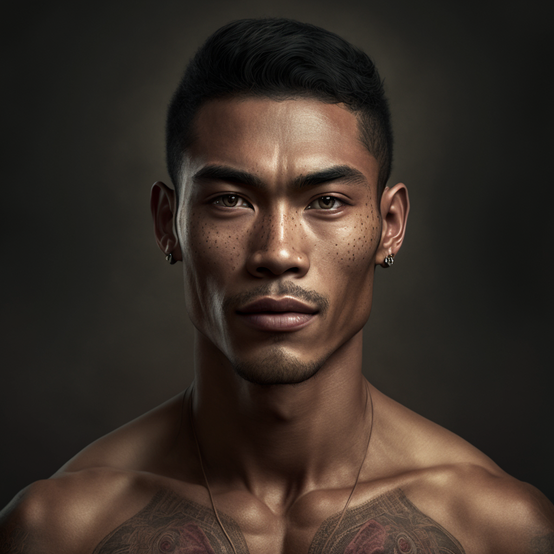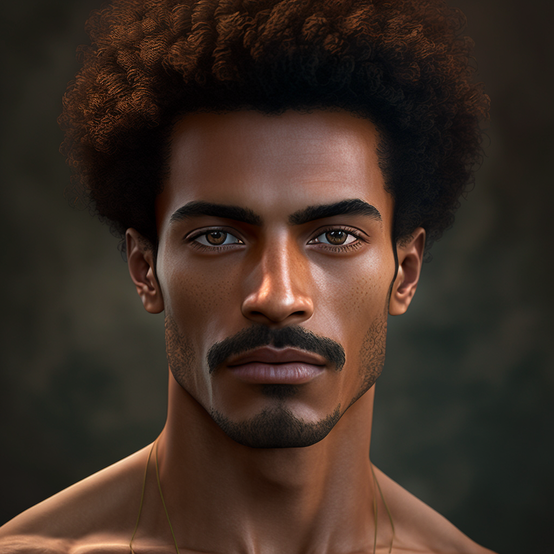Bias in AI: Examining the Impact of Discrimination on Emerging Technologies
- Chidozie Ekwensi

- Jan 8, 2023
- 3 min read
In the early days of the internet, it was thought that the anonymity of users would result in a sort of utopia where gender, race, ability, and other distinguishing factors of humanity would cease to matter, and the only thing that would matter is the value of the user's intellectual input into the growing database of human knowledge. Of course, those dreams were short-lived with the advent of photos, profiles, social media, avatars, and things of the like. In fact, the idea that the internet could be rid of human biases was likely a bias believed by the initial developers of the internet.

Those with lived experience of oppression, people without access to computers and early internet technology, might never have thought that. Unfortunately, we have fewer records of accounts from these people. Although, seeing as the internet is a young technology, many of those people are still alive.
Today, with the advent of AI, it is easy to see how decades of bias on and off the internet have impacted how AI is being developed and how it responds to user input. To test the bias within AI, I asked mid journey to generate images of humans without including any racial or gender identifies in the prompts. Here are some results:
A person.

Shockingly, 3 out of 4 of the images are female. However, all are phenotypically white. There is a bit of age diversity, which is nice.
The most handsome man in the world.

I blame People magazine for this one! White people are a global minority, so by the numbers, it's statistically unlikely that one is the most handsome man in the world. But a few decades of content produced by E! News might have impacted the input data sent.
8K high resolution portrait of a man.

Again, all white men. There is a bit of a range in ages, which is nice to see. But there is no racial diversity.
8K, high resolution, detailed full upper body portrait photography, handsome macho man, frontal portrait, high cheekbones, chiseled jaw, playful smirk expression

Again, no racial diversity. I did a series of portraits using the same prompt but including racial and facial identifiers. you can see some of the resulting images in the slideshow below.
The most beautiful woman in the world

All white women. Very narrow, if not non-existent, range of ages. But only one blonde.
A human.

Now this was a shocker to me! All images are of Black people of different ages and genders. However, by now, I've generated probably hundreds of images of Black men and men of color, so perhaps the system is tailoring to what it thinks I will like? Again, I don't know the methodology behind the outputs. But I was pleased to see this result.
What does this all mean?
AI is technology that is not going away. In fact, in 2023, we're likely to see the technology be integrated into many aspects of our lives. AI art is a large topic of discussion right now, seeing as we previously did not think that AI could have the capacity to create art in the way that we've been seeing recently. However, AI is and will continue to be utilized in many industries such as transportation, healthcare, banking, entertainment, law, education, and much more.

We know that these systems are subject to racial, gender, age, and other biases. And we must ensure that as AI takes more responsibility within these systems, we do not double down on these biases by integrating them into the technology.
Anyone who is of an oppressed or underrepresented group needs to be paying attention to these technologies as they continue to take hold of more aspects of our lives. It is in our best interest to be paying attention and to encourage members of these groups to join conversations and to contribute to the building and management of these technologies.
As AI continues to advance and become more integrated into our daily lives, it's important to remember that these systems are not immune to the biases of their creators and the data they are trained on. It's crucial that we pay attention to these biases and take steps to mitigate them, especially as AI is increasingly responsible for important decisions in industries such as healthcare, transportation, and finance.

It's up to all of us to work towards creating a more fair and equitable future, and that includes being proactive in addressing bias in AI. By actively including diverse perspectives in the development and management of these technologies, we can help ensure that they reflect and serve the needs of all members of society.
I for one am doing by best to understand how these technologies operate from the back end and to encourage my friends and family to be interested in how they will impact all of our lives. But for now, I’ll continue to generate images of gorgeous men!



































Comments